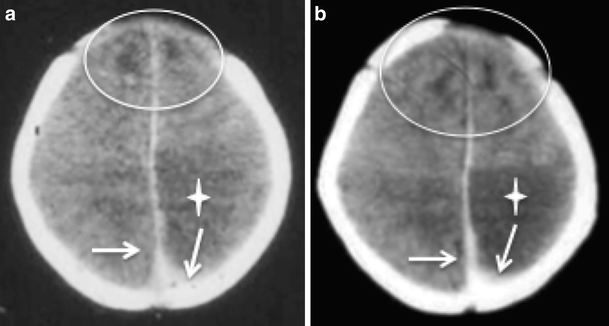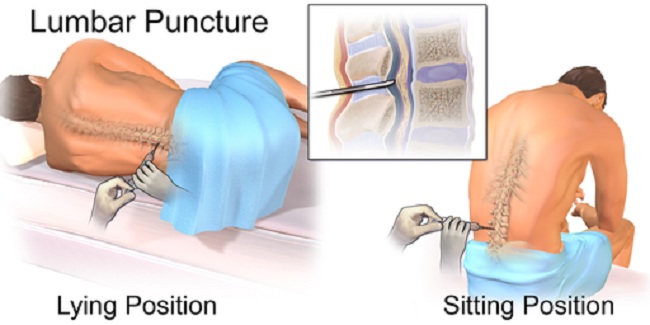

Penelitian ini memperlihatkan faktor yang mempengaruhi keluaran pada pasien perdarahan intraventrikel dan apakah EVD memperbaiki keluaran pada pasien tersebut. Meskipun demikian, EVD merupakan prosedur pilihan karena terbukti tidak selalu efektif. Prosedur drainage cairan serebrospinal dari ventrikel otak (external ventricle drainage=EVD) bertujuan menurunkan tekanan intrakranial yang tinggi dikarenakan progresivitas IVH. o Prevent straining during bowel movement and corresponding increase of ICP.Latar Belakang: Perdarahan intraventrikel otak (intraventricular haemorrhage=IVH) memperburuk prognosis pada perdarahan intraserebri (intracerebral haematoma=ICH). Management increases the risk of extension of tissue damage. o Preexisting/ chronic hypertension requires cautious treatment because aggressive o Reduces hypoxemia, which can cause cerebral vasodilation and increase pressure/ edema formation. o Varying levels of assistance may be required/ need to be planned for bases on individual situation. o To assist client’s relatives in understanding the client’s condition. o Indicative of meningeal irritation, especially in hemorrhagic disorders. O Valsalva maneuver increases ICP and potentiates risk for rebleeding. o Discuss to relatives for meeting the client’s self care needs.Ĭollaborative: o Administer supplemental oxygen as indicated.ĭependent: o Administer antihypertensive as ordered. o Interview client’s relatives regarding their perception of situation. O Assess for nuchal rigidity, twitching, increased restlessness, irritability, onset of seizure activity. Absolute rest and quiet may be needed to prevent rebleeding in the case hemorrhage. o Continual stimulation/ activity can increase ICP. o To increase the client’s relatives, knowledge about the condition. o Irregularities can suggest location of cerebral insult/ increasing ICP and need further intervention, including possible respiratory support. Dysrhythmias and murmurs may reflect cardiac disease, which may have precipitated CVA. O Changes in rate, especially bradycardia, can occur because of the brain damage.


o Prevent straining at stool, holding breath. Provide rest periods between care activities, limit duration of procedures. o Maintain bed rest provide quiet environment restrict visitors/ activities as indicated. o Provide information regarding the client’s condition. Periods of apnea after hyperventilation, Chyne-Stokes respiration. O Respirations, noting patterns and rhythm.

Long term: After 5-6 days of nursing intervention the client was able to demonstrate increased perfusion as individually appropriate, vital signs are on clients normal range, alert and oriented. o Fluctuations in pressure may occur because of cerebral pressure/ injury in vasomotor area of the brain.Įvaluation Short term: After 3-5 hrs of nursing intervention, the client and the relative was able to verbalize understanding of condition, therapy regimens, and when to contact health care provider. o Assess trends in level of consciousness and potential for increased ICP and is useful in determining location, extent, and progression/ resolution of CNS damage. Deterioration in neurological signs/ symptoms or failure to improve after initial insult may reflect decreased intracranial adaptive capacity requiring patient be transferred to critical care area for monitoring of ICP, other therapies. Rationale o Influences choice of interventions. Take note of Hypertension and hypotension. O Monitor/ document neurological status frequently and compare with baseline. Implementation Independent: o Determine factors related to individual situation/ cause for coma/ decreased cerebral perfusion and potential increased ICP. Long term: After 5-6 days of nursing intervention the client will be able to demonstrate increased perfusion as individually appropriate, vital signs are on client’s normal range, alert and oriented. Planning Short term: After 3-5 hrs of nursing intervention, the client and the relative will be able to verbalize understanding of condition, therapy regimens, and when to contact health care provider. Ineffective tissue Objective: perfusion - BP: (cerebral) 180/11 related to 0 bleeding as - Dizzine evidenced by ss altered level - Inability of to lift consciousnes eyelid s, changes in - Letharg vital sign and ic changes in - Vomitin motor g responses.


 0 kommentar(er)
0 kommentar(er)
